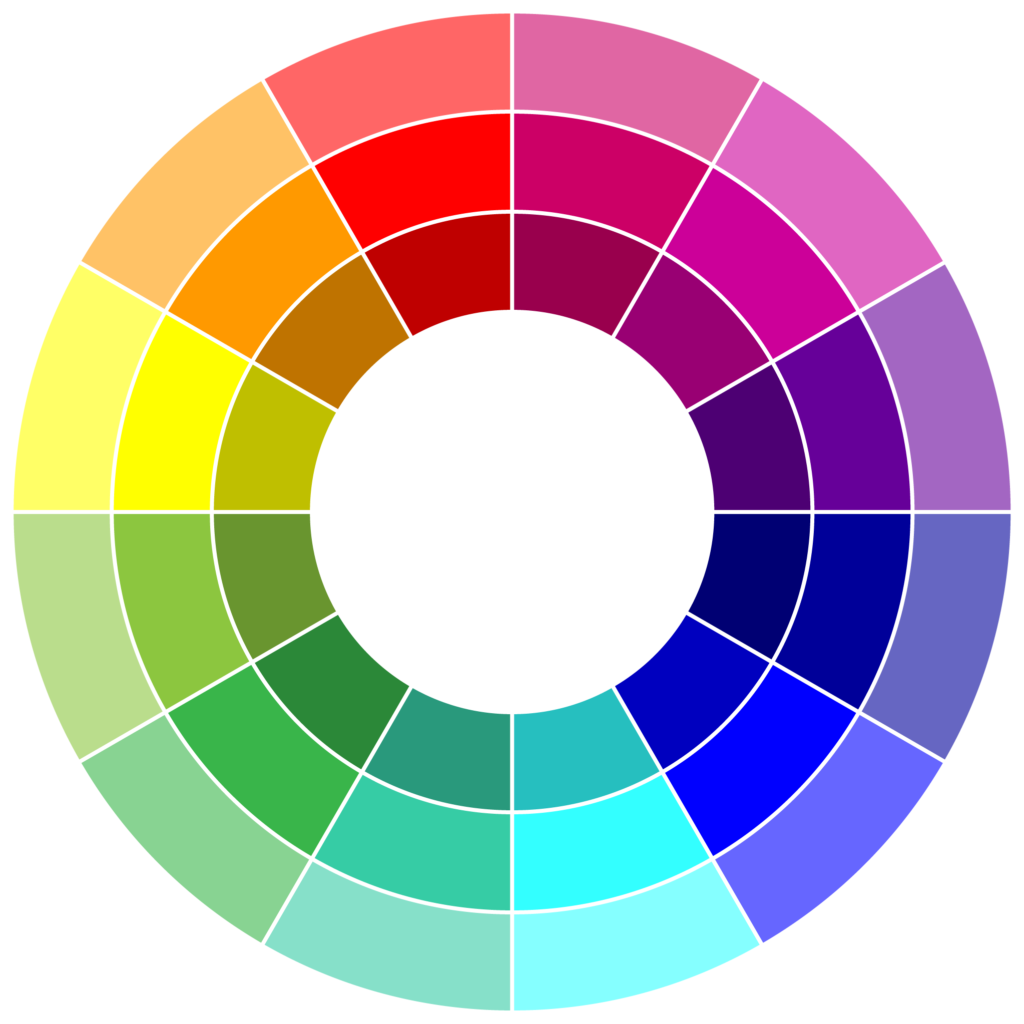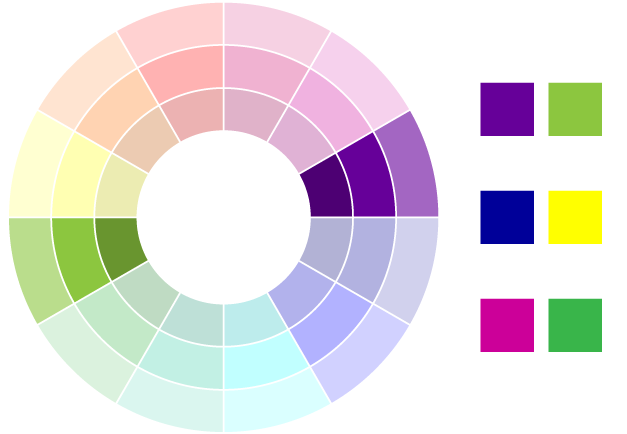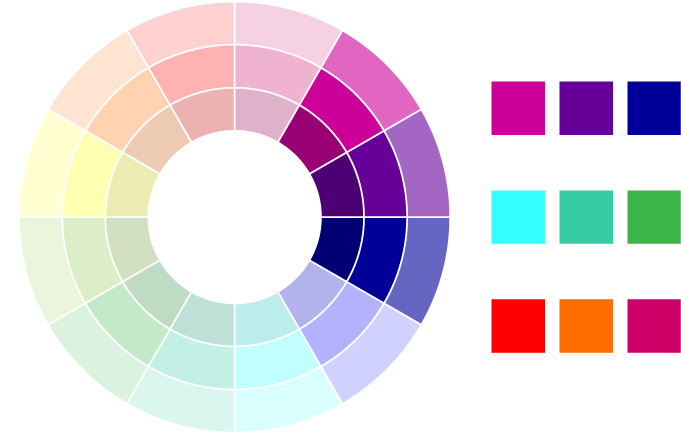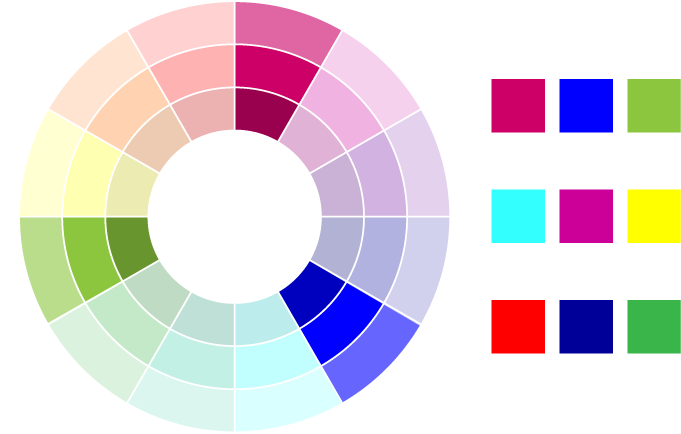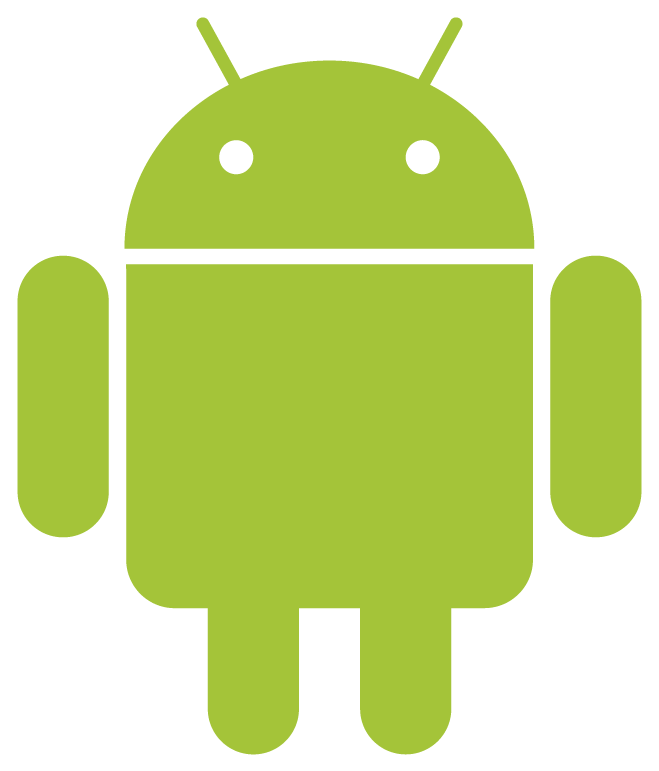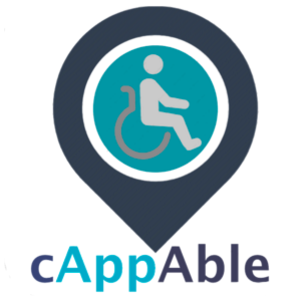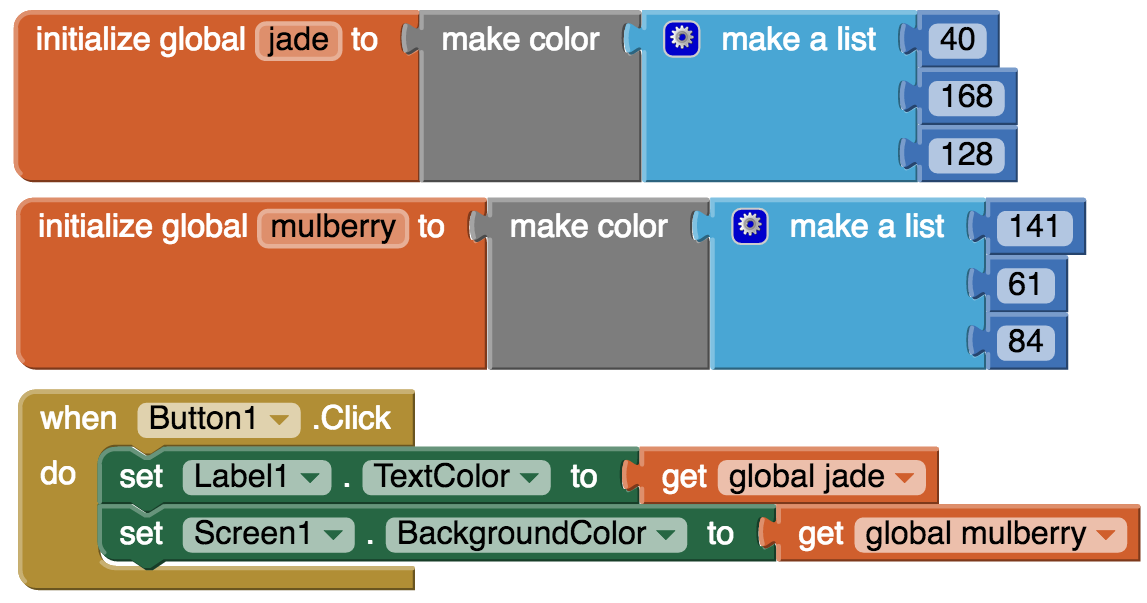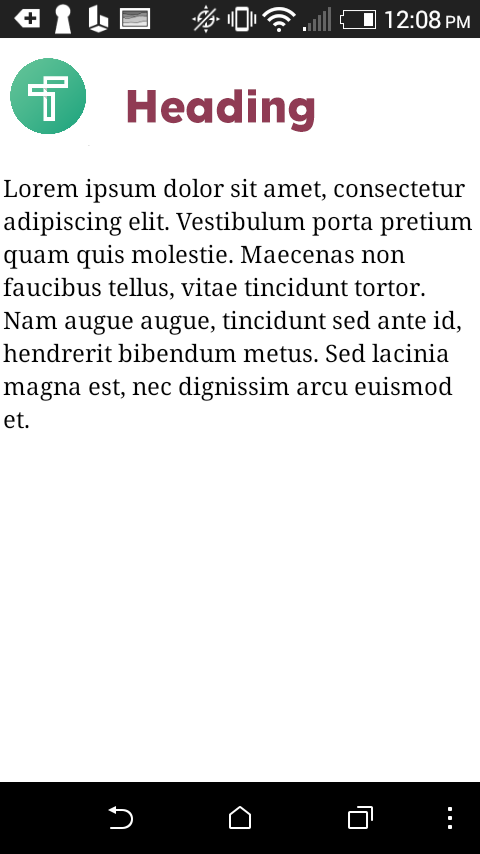Market 3
Create a Marketing Plan
The marketing plan that you'll develop in this module is only required for submission by Senior Division teams. However, we strongly recommend that Junior Division teams do the activities in this unit as well.
Learning Objectives:
In this module, you will learn...
- What a marketing plan is used for
- The parts of a marketing plan
- How to develop a marketing plan
Parts of a Marketing Plan
A marketing plan is a document that describes a company’s marketing, brand, and advertising efforts for the year. The marketing plan is closely tied to the business plan, since the main goal is to support the business plan to make revenue. In most cases, this means building the brand and increasing awareness of the product through different types of communications. Without a marketing plan, a business could easily fail because potential customers do not know about the product and what it does to make life better. You need to understand who you are selling to in order to develop how you are going to sell to them.
There are many types of marketing plans. Some are highly detailed or and some are very simple, but we are going to stick to three main parts of the marketing plan:
- Goals - what you aim to achieve
- Strategy - how you plan to achieve your goals
- Assessment - how to determine whether or not you have achieved your goals
As you develop your marketing plan, you’re going to need some of the information you gathered in Market Research, so keep that handy.
“Knowing what must be done does away with fear.”
–Rosa Parks
Marketing Goals
Before diving into the specifics of your marketing plan, you need to identify the things you want to accomplish. Your goals should be fairly broad, but specific enough to help you identify ways to support your business. These goals are the building blocks of your marketing plan, which should match up with the goals of your business plan.
You should also refer back to what you learned in your market research. Knowing what your competitors are doing and what kind of market you will be entering can help decide what your goals will be. You might want to study their marketing goals and strategies—what is working and not working—or go in another direction.
If it seems information is missing from your market research report, try going to competitors' websites and social media profiles to study what they've done. Or, use some free marketing tools to learn more about what they're marketing strategy is. You want to have an idea of what sort of goals your competitors are setting, which will help you decide which goals are right for your app.
Marketing Goal Tips:
- Do not go into a lot of detail on how goals will be accomplished, since your explanations will come later when you work on strategy.
- Goals should be measurable so you can determine whether or not your plan is working.
Here are a few examples of goals for someone who is launching a new mobile app:
- Increase number of downloads (or number of new customers)
- Increase customer awareness of products
- Increase open and/or click rates on emails or online campaigns
- Increase number of likes on social media
- Enhance image, name recognition, reputation
- Increase revenue, number of customers or members
Activity: Brainstorm Goals
Work as a team to brainstorm goals you want to achieve. Consider what you will use to evaluate your goals. The easiest way to determine whether or not a goal was achieved is growth rate. Growth rates are typically calculated by percent increase (or decrease) of the variable you're measuring over time. These type of evaluation can show the rate of growth more easily than just comparing two numbers. You will want also assign a value that you want to achieve and set a goal to achieve it within a certain amount of time. For example:
- At least 100 app downloads per month
- Getting at least 10 likes per post
- Reaching $100 in sales per week
Once you’ve brainstormed a few goals, work together to narrow it down to 2-3 goals in total. You should make sure your goals are realistic, so you are able to achieve them without making them so high that you’ll be discouraged if you are unable to reach them. And if you get stuck or are unsure about your goals, here are a few questions you and your team might want to ask yourselves:
- Can we develop a method to reach this goal?
- Do the numbers, time frame, and costs seem practical?
- Has my competition or have other companies done similar things?
- Can these goals be tracked for assessment?
If you said no to more than 2 of the above questions, you might want to reevaluate your marketing goals.
This can be changing the numbers, or breaking one large goal into more manageable pieces. You want to be able to grow your business and stretch your capabilities, and to do that you need your goals to be clear and actionable.
Remember, no one tries to eat a whole cake in one sitting! They eat one piece at a time. Once you’re comfortable with the goals you have set for yourself, you’re ready to move on to the next section, marketing strategy.
Marketing Strategy
When it comes to marketing, there are many different types of strategies that you can use, but we will be sticking to the 4P’s: product, price, promotion, and place. We will tackle each, and you'll likely notice where marketing and business work together.
Product
In this case, our product is very simple, it’s the app we are making! Otherwise, it can be a good or service that is designed to meet a customer’s needs.
Price
The amount the consumer is expected to pay for a product. This is not related to how you make money, but how you would price your apps to attract a customer. Consult your revenue model.
Promotion
Here is where you want to make your app well known! Depending on the kind of app you develop, you can use different kinds of promotions to get more customers. Different types of promotion cost different amounts, so be sure to reference your business plan and budget when considering promotion options.
Here are some promotion strategies:
- Discounts: giving out coupons, freebies, or discounts to customers who use your product, usually used in the beginning to grow a customer base. A great option is buy-one-give-one, which can be charitable and used to increase your user base!
- Media advertising: radio, online, print, or television that is used to promote to a large amount of people
- Social media: Facebook, Instagram, Twitter, Snapchat, or YouTube can be used to also promote to a large amount of people, and can be targeted to certain audiences.
- Google Adwords: paying for your product to pop up when consumers search for certain keywords
- Viral media: making catchy videos or photos that gain name and brand recognition through social media
- Networking: Using your local connections to promote your app. You can also try using email too. Knowing an important figure or influencer to speak on the behalf of your app can be very helpful.
Place (distribution)
This is based on where your customers will access your product. Since it’s a mobile app, you are generally restricted to the Google Play or Apple Store. However, you can make your app look great in the virtual stores by writing a strong description, using keywords your customer will relate to, and helpful screenshots. Another way to add to your distribution is developing an online website to support your app.
You may want to refer back to the Market Research to find the keywords you’ll want to use to attract the right customers, and reference your brand to write your description in the way you want your app to be portrayed.
Fore more information on Marketing strategies, see the additional resources below:
"Stay focused, go after your dreams and keep moving toward your goals."
–LL Cool J
Marketing Assessment
In order to check the progress of your marketing plan in action, you’ll want to think of ways to track your goals, which is called metrics. The metrics that you want to measure will depend on the different types of goals you are trying to achieve. For example, if you wanted to keep track of app downloads, there are features built into Google Play and Apple Store that you can use if you choose to upload your app.
Check out our Google Play Developer Console from the app we created for the first coding challenge! We can track how many users installed our app, how many uninstalled it and we can even see the breakdown of which country the app is being downloaded in.

Our app has only been in the Google Play Store for 3 months, so we can see that we’ve had 11 downloads over that time. We can see we had a few downloads in September, 2 in October and we are already up to 6 for November! We can also see that 1 person has uninstalled our app. If we scroll down a little more, we can see information about how many people reviewed our app and what they gave us as a rating.
 In total we’ve had 6 ratings, and our app was rated once in September and then 5 more times in November. We can also get a breakdown of how many stars the ratings are for.
In total we’ve had 6 ratings, and our app was rated once in September and then 5 more times in November. We can also get a breakdown of how many stars the ratings are for.

All of this data is really helpful for us to know if our app is succeeding! Social media apps can help a lot with marketing, and they have their own tracking tools that you can use instead of creating your own. One of the most popular and flexible applications to use is Google Analytics, which gives you a lot of options with what you want to track, how you want to track it, and the way the information is displayed. It can be a little difficult to get started, so we’ve included a few guides that can help:
Reflect
Congratulations, you are done with your marketing plan! Let’s review what you did:
- Set your marketing goals
- Created strategies to achieve your goals
- Found a way to track and assess your progress
Make sure to finalize your marketing plan—you might even want to write it up in a short report. You can always go back and improve your marketing plan as you learn more and your business grows. Remember, you are making sure you understand how you will sell to your target customer through your market research and developing your marketing plan from that information. Sometimes you might even have to go back to your market research and revise or do more research. Your marketing plan can change as many other factors change, like your product (or its features), the way consumers view your brand, or even budgets. It’s up to you to be flexible and modify your plans as best you can.
Senior Division
You will need a marketing plan as part of your business plan that you will submit. Your team can do the work together, or feel free to delegate it to one team member. Make sure to have someone outside of your team take a look, like a mentor or teacher who can help give you feedback. Investors place a lot of importance on marketing, since even great products can fail due to poor marketing.

